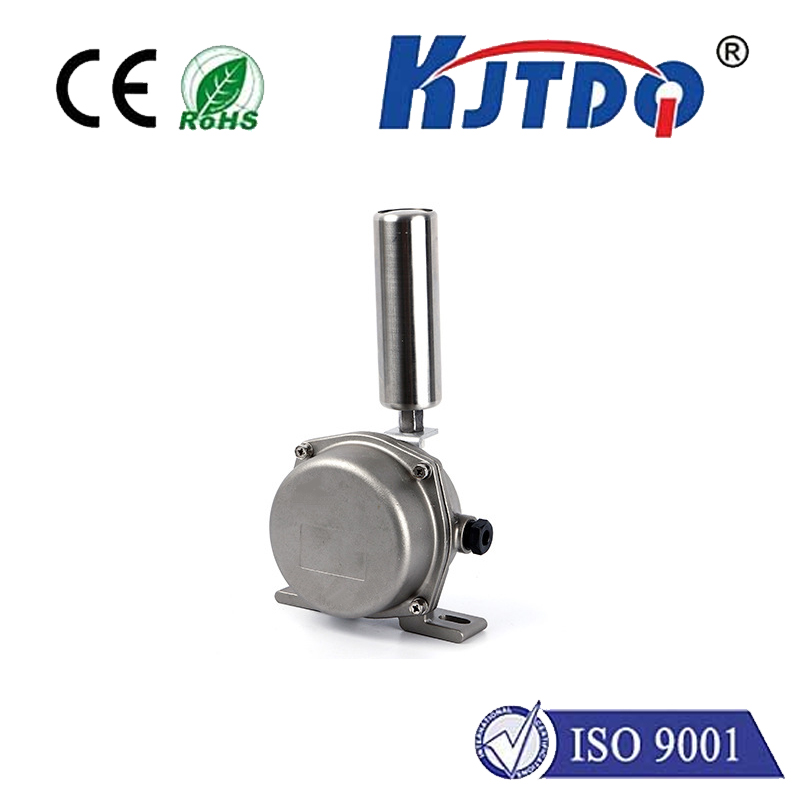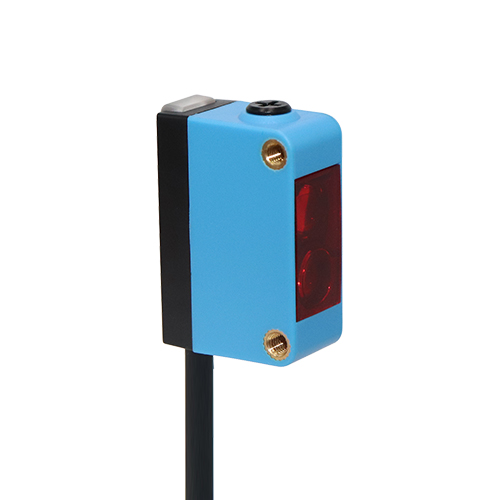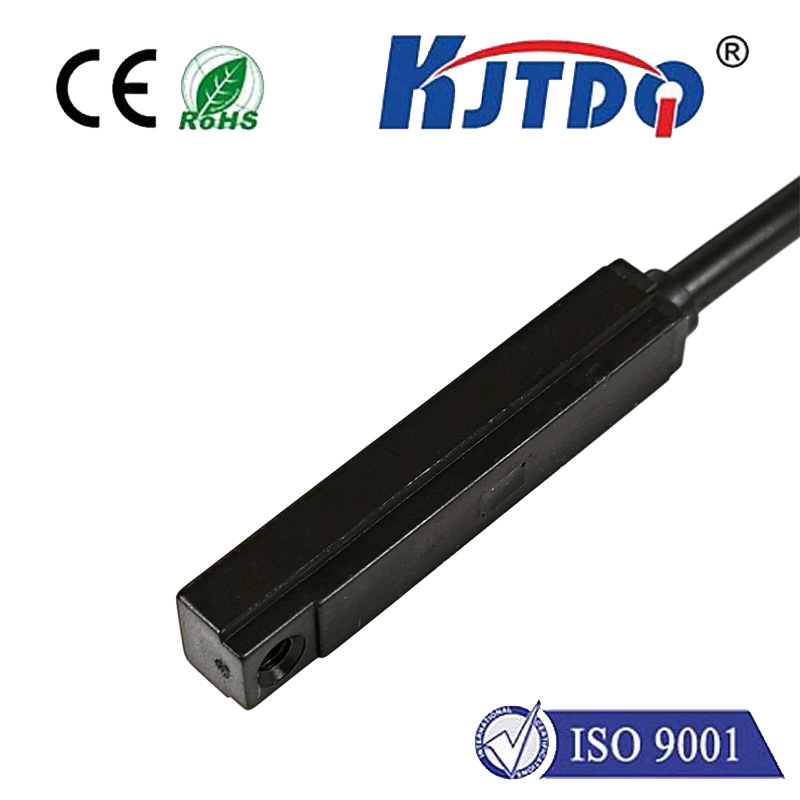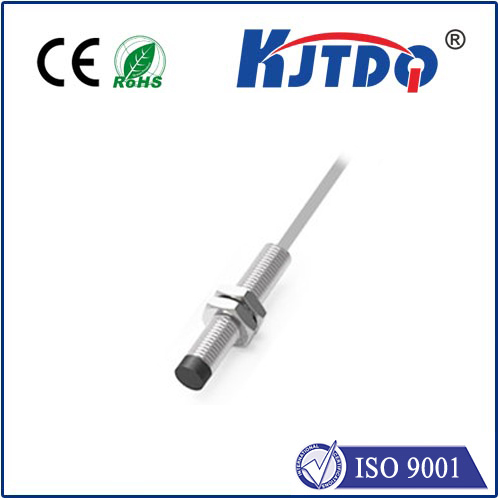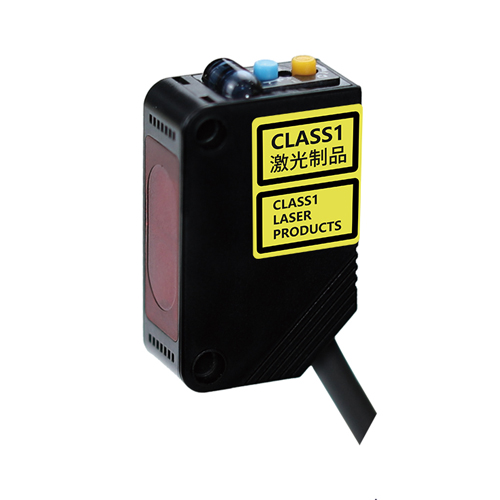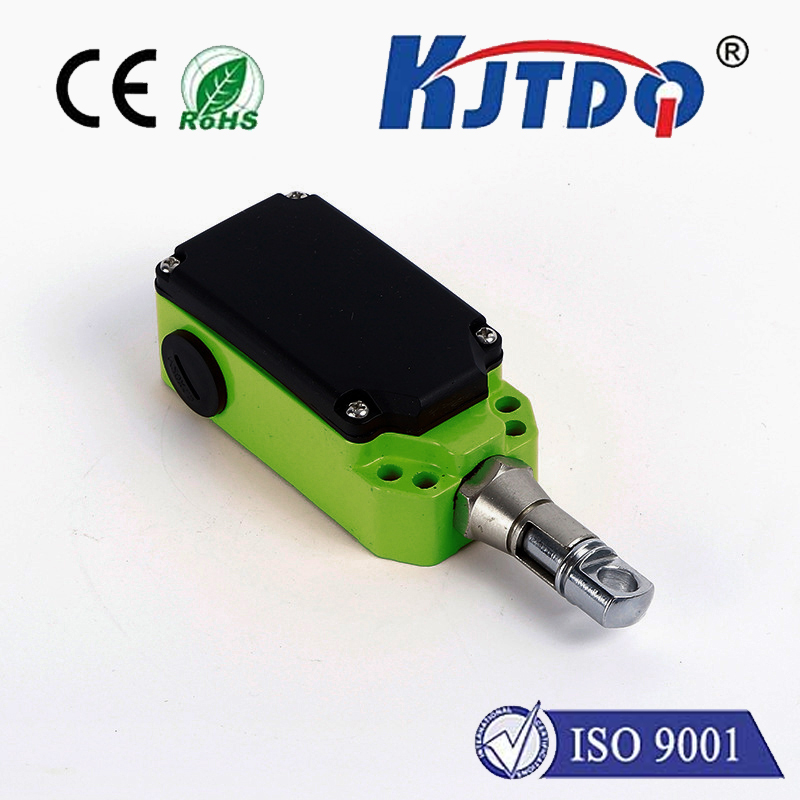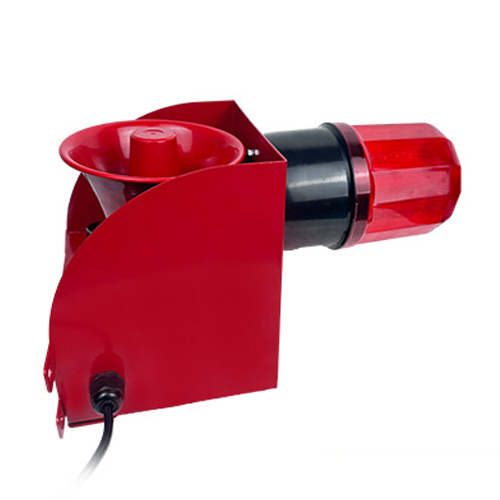

check

check

check

check

check

check

check

check

check

check
Title: The Advancements and Applications of Laser Power Sensors
Introduction to Laser Power Sensors
Laser power sensors are innovative devices that measure the amount of light emitted by a laser. They work by converting the optical signal into electrical energy, which can be accurately detected and measured. These sensors have become increasingly popular due to their high accuracy, reliability, and versatility in various industries. In this article, we will explore the advancements and applications of laser power sensors.
Development of Laser Power Sensors
The development of laser power sensors has been a continuous process over the past few decades. Early versions of these sensors relied on photodiodes or phototransistors to convert the optical signal into electrical energy. However, recent advances in technology have led to the introduction of more sophisticated sensor designs, including photomultipliers, fiber optics, and quantum dots.

These advanced sensor designs have allowed for greater precision and sensitivity in measuring laser power. For example, the use of fiber optics in laser power sensors allows for faster response times and better resolution compared to traditional photodiode-based sensors. Similarly, the integration of quantum dots into sensor design has resulted in improved spectral response and wider operating temperature ranges.
Applications of Laser Power Sensors
The applications of laser power sensors are vast and varied, spanning across several industries such as telecommunications, automotive, healthcare, and aerospace. Some of the key applications include:
1. Telecommunications: Laser power sensors are widely used in fiber optic communications systems for measuring light intensity and ensuring reliable data transmission. They are also used in optical amplifiers for increasing the power of optical signals.
2. Automotive: Laser power sensors are used in automotive safety systems to monitor the presence of other vehicles and pedestrians. They are also used in parking assist systems to help drivers locate available parking spaces.
3. Healthcare: Laser power sensors are used in medical imaging systems for detecting and tracking the movement of objects within the body. They are also used in eye care devices for measuring retinal health and detecting eye diseases.
4. Aerospace: Laser power sensors are used in spacecraft navigation systems for measuring the distance to targets and ensuring accurate navigation. They are also used in space exploration for monitoring the health of satellites and other spacecraft.
Conclusion
Laser power sensors have revolutionized the way we measure light intensity and optical signals. With continued advancements in technology, these sensors promise to offer even greater precision, sensitivity, and versatility in future applications. As industries continue to adopt these sensors, we can expect to see exciting new developments in areas such as autonomous vehicles, robotics, and artificial intelligence
